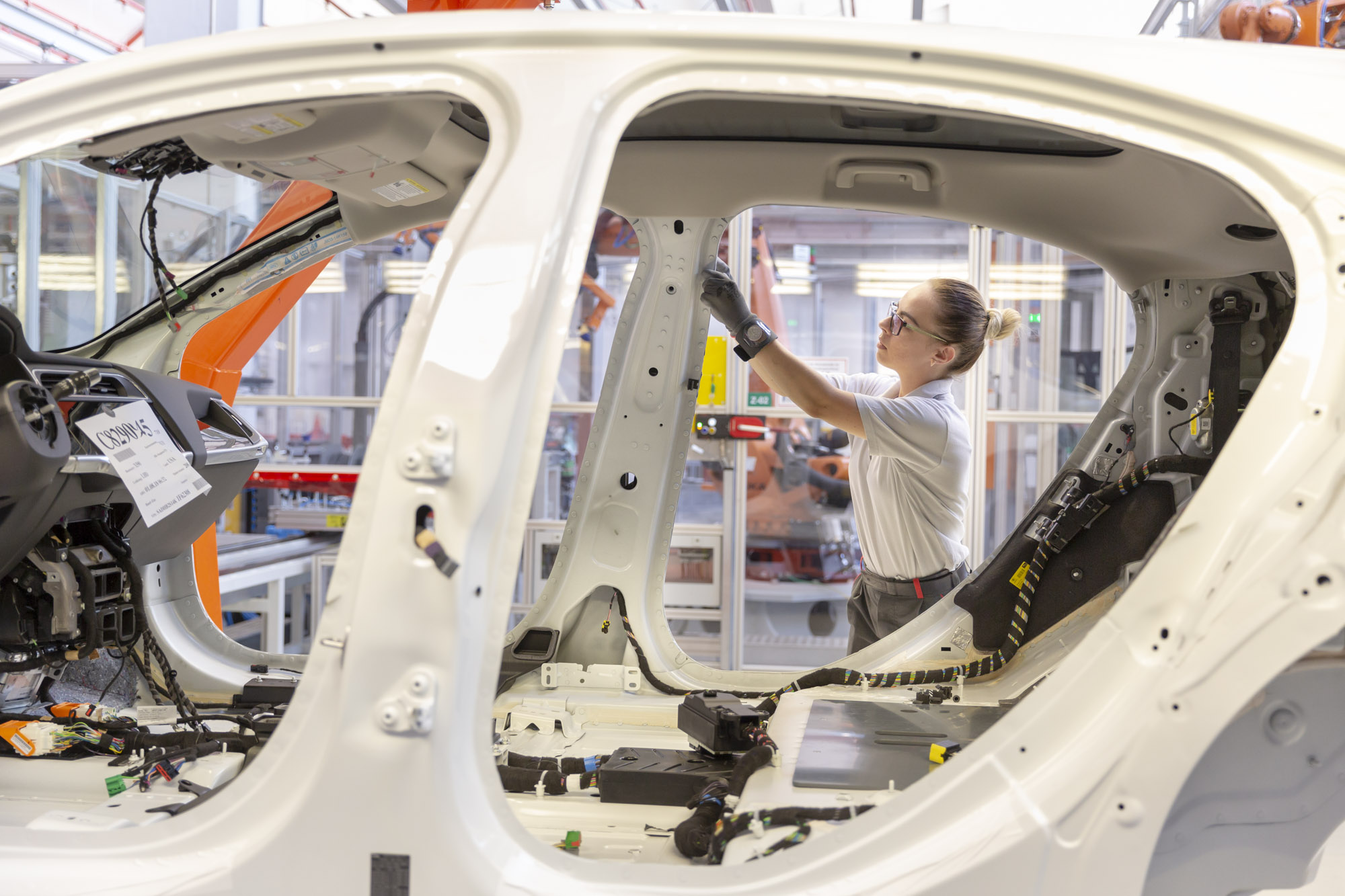THE ROAD TO TARGET AGREEMENT
During the concept phase, the targets will be further extended and specified so that by the end of the concept phase, 100% of the vehicle targets will be defined. Using carry-over-parts1 helps to curb costs by reducing necessary new development. However, they can also limit the project’s flexibility in achieving the technical targets. Thus, the parts that are carried over should be decided based upon an individual basis for each part.
Specifying material, timing and responsibilities
First, the requirement specifications for individual systems, aka the necessary tasks and resources, can be outlined. After that, the Bill of Materials (BOM) can be finalized including the definition of intended carry-over-parts and unique parts2, while scheduling plans for the entire project can be conceived. This also extends to defining the responsibilities of both individual internal teams and external partners involved in the project.
Assessing and onboarding suppliers
Once the system-level targets are defined, the manufacturer can continue establishing a supply chain strategy. Key suppliers, and those providing long-lead time parts3, can now be determined and onboarded to ensure timely delivery of important parts as needed.
The requirement specifications detailed previously are then formulated into specification books for individual suppliers. Throughout the target setting process, the development teams review the specification books together with potential suppliers in order to find a good balance of technical and commercial aspects as well as the timing. For example, suppliers might offer solutions that are not exactly fulfilling the technical requirements but are more attractive cost-wise.
Laying the base for serial production
Lastly, serial production of the vehicle has to be planned. This process includes the evaluation of opportunities and risks as well as cost targets and finance planning before finalizing the formal contract for serial production. If a new entrant already cooperates with a partner for development and manufacturing, it can also prove to be beneficial to extend this partnership to serial production.
WHAT'S NEXT?
To summarize: Once an automotive project moves into system-level specifications and a vehicle system development, the number of targets grow exponentially. The requirements of the vehicle are further specified, which allows the project to move forward on several fronts, including timing, supply chain management, and preparing for serial production.
Once all these prerequisites are met, the new entrant and its partner can finally develop the target agreement. At this point, the automotive vision finally crosses the border from a somewhat abstract product vision into a clearly defined vehicle.
Of course, there are still some factors requiring further explanation such as the numerous challenges of launching a manufacturing facility or an IT infrastructure. The following articles will cover these topics, along with some other developments that are indispensable for launching a successful automotive project.





